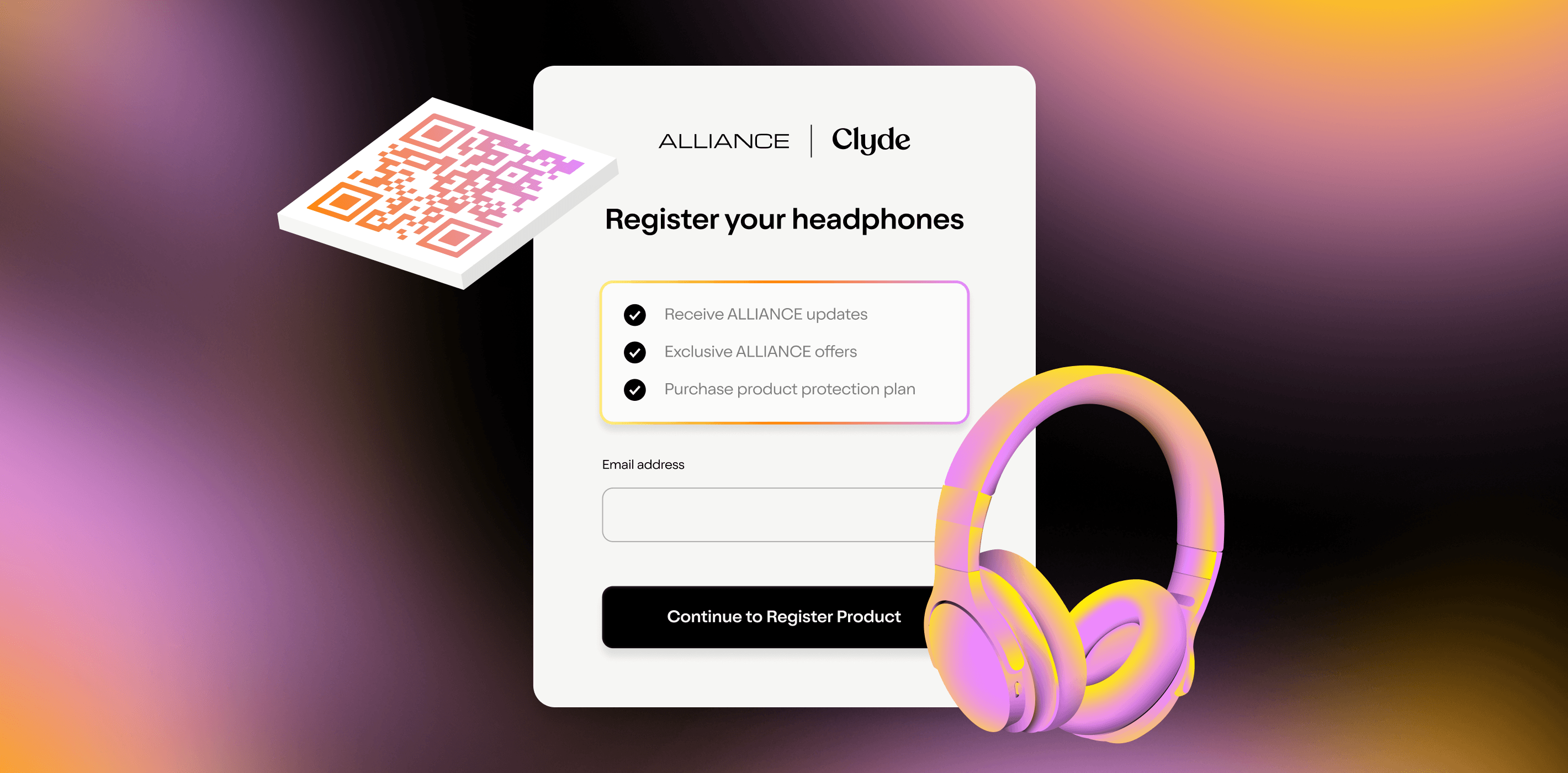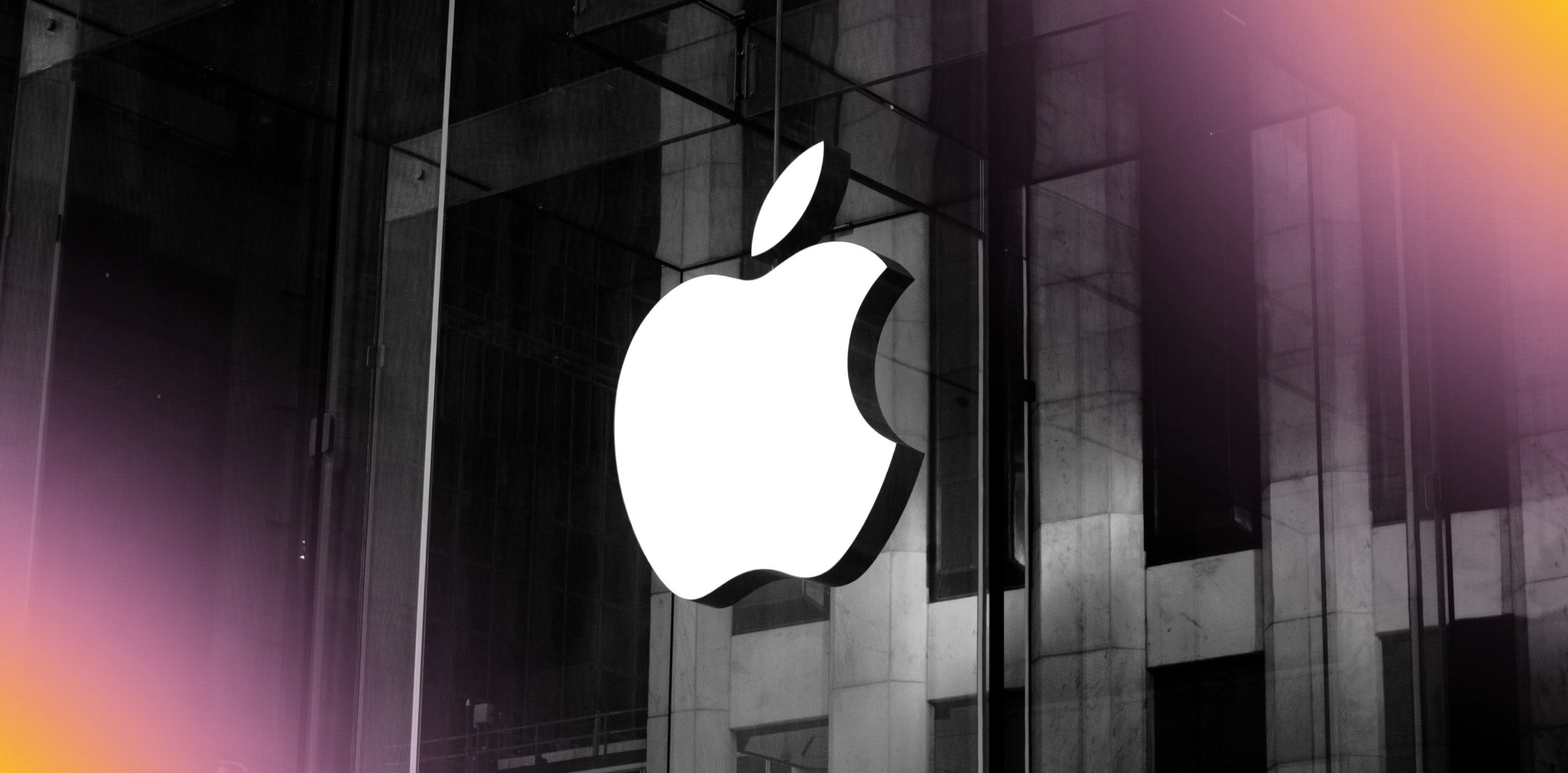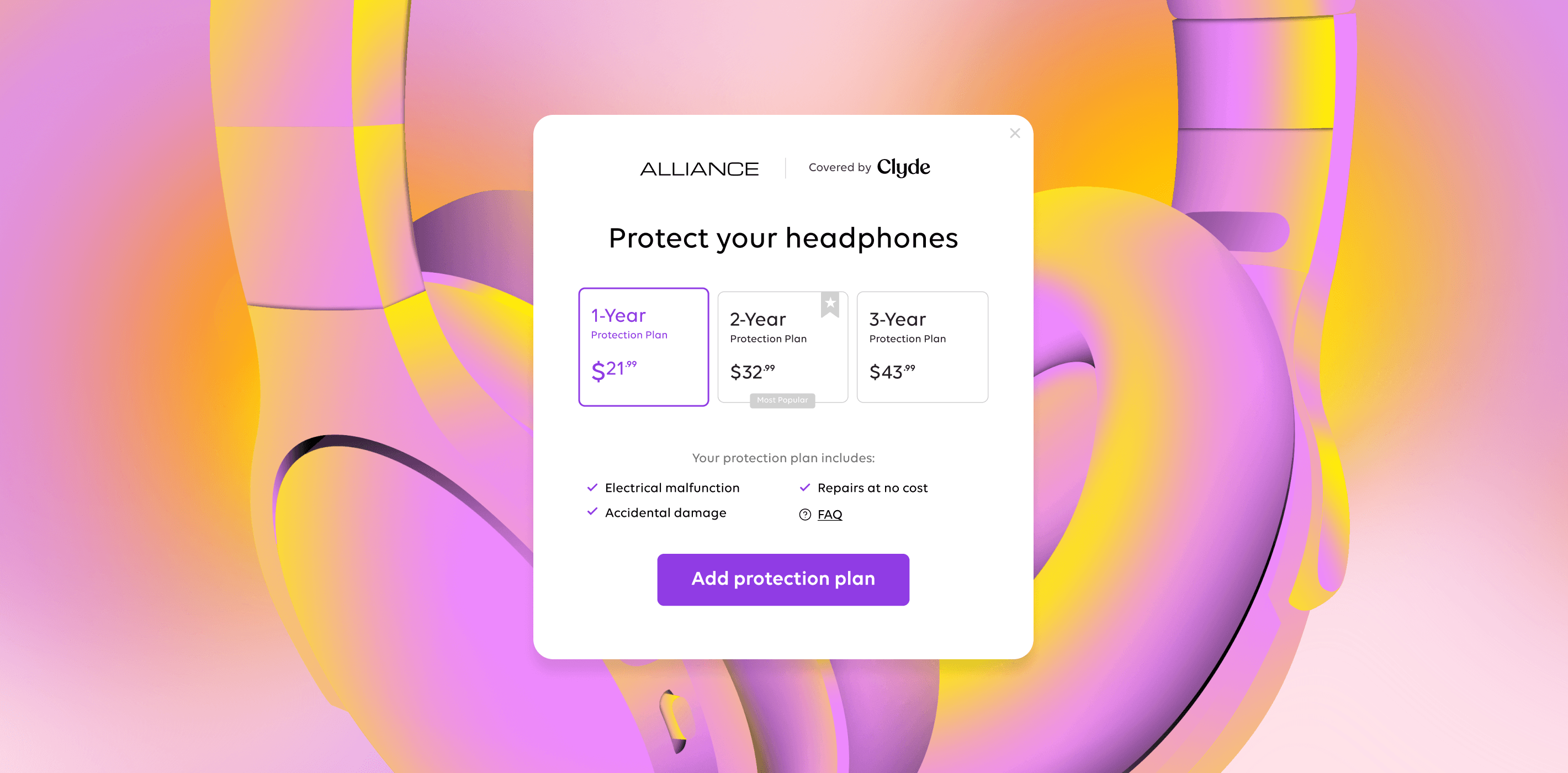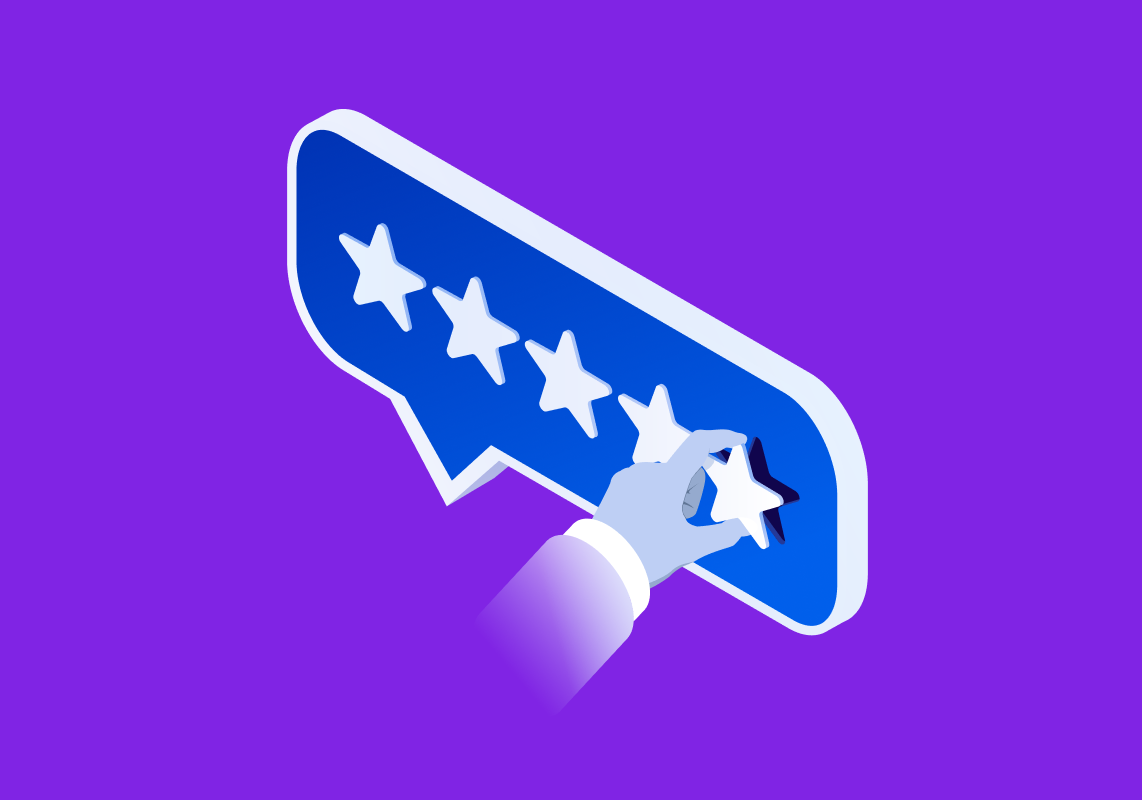What's ownership enrichment — and why does it matter?
A brand trying to build a strong relationship between itself and its customers is not new.
Just look at a McKinsey article from 1966 called “The Changing Face of Marketing.” Nearly 60 years ago, it made a bold claim that several trends would forever impact how companies sell their products to customers:
Customers’ dominance and the importance of accurate data to know where and who they are, especially in new markets on the scene (then, Baby Boomers; now, Gen Z)
More marketing research to influence distribution strategy and product development (then, new surveys and statistics; now, the importance of first-party data in the wake of changing data privacy policies and laws)
Planning for a global market to keep up with worldwide market growth (then, by strengthening export relationships to tap into international opportunities; now, by keeping up with messaging, supply chain management, and sales strategies abroad)
Sure, other claims — like the importance of computers, of testing alternative advertising methods, and of mobilizing field salespeople — are slightly less relevant. (From a 2022 vantage point, can you imagine marketing without computers? In a world where CPC and SEO mean nothing? Vintage.)
But an approach of positioning customers first, usingdata to better serve them, and leaning on marketing and product positionings to help weather global trends is just as relevant today as it was decades ago.
And considering how quickly ecommerce competition is growing — with Insider forecasting 16.1% growth in U.S. retail ecommerce sales in 2022 — at the same time that inflation, supply chain pressures, changing data privacy laws, and other factors are complicating the path to merchant success, building a strong relationship with your customers is more important than ever.
Customer lifetime value (CLV / LTV) is the metric that measures how valuable that relationship is over time by how much revenue or profit it drives.
Enter ownership enrichment : a focus on adding value for product owners by improving the experience of owning said product.
It’s a virtuous cycle: brands that create a great experience for buyers win over consumers, who then remain loyal to the brand — and spend more money over time — because they appreciate that great experience.
Let’s explore why ownership enrichment is the right approach for businesses in 2022.
Why now? A recap of the retail landscape
Successfully running a retail business in 2022 means addressing a post-pandemic landscape that continues to evolve.
And it’s not easy. Per Retail Dive, 44% of ecommerce retailers say they are currently unprofitable.
Pressures facing retail include:
Inflation reaching a 40-year high
Complications capturing data
Changing millennial and Gen Z purchasing habits and values
Supply chain issues
Needing to sell and market across channels
Brands don’t just need great products. If they want to stick around through this evolution of retail and be here for the next one, they also need to make sure their customers love the experience of buying and owning those products.
1) Inflation reaching a 40-year high
Consumers are being forced to be more careful about what they’re spending.
The consumer price index, which tracks the cost of everyday purchases, hit a 8.6% year-over-year increase last month — the highest rate in decades.
The New York Times wrote about the coming inflation crisis under the following headline:
With pay gains not increasing at the same pace as rising costs, purchasing power is taking a hit — meaning customers will be even more judicious as to where their money goes as they struggle to cover everyday expenses and to spread out special purchases.
2) Complications capturing data
A slew of new data protection laws and policies have popped up in the last few years, including:
Europe’s General Data Protection Regulation (GDPR)
Californias Consumer Privacy Act (CCPA)
China’s Personal Information Protection Law
Apple’s App Tracking Transparency update , which limits data collection
Google’s recent decision to also limit tracking on mobile devices, called Privacy Sandbox , similar to Apple (scheduled to launch in 2023)
Consumer data drives much of modern retail, from product creation to marketing to sales. Governments and big tech companies are wising up to that, and are making it harder for businesses to access that data (or at least to do so without paying a big price).
Savvy retailers are realizing their path forward is predicated on owning their own customer data, which means:
Investing in ways to capture third-party purchaser information
Growing their own contact lists through newsletters, events, gated content, and more
Utilizing transactional communications to get consumers to opt-in to further comms
3) Changing millennial and Gen Z purchasing habits and values
Newer generations build their identities around what they buy and care more about how those purchases line up with their values . That includes:
What products they’re interested in — like having a focus on eco-friendly products
How they buy — like preferring credit cards, digital wallets, or buy now, pay later options
What customer service they expect
A 2022 Qualtrics survey found that Gen Z is the most likely generation to be upset after a negative interaction with a company — and that 70% of Gen Z have switched brands because of a bad customer experience.
Retailers who don’t keep up will miss out on a $360 billion opportunity .
4) Supply chain issues
“Supply chain upheavals show little sign of abating.”
That’s the opening sentence of a McKinsey report from last month.
After two-plus years of pandemic- and now war-related slowdowns, skyrocketing shipping costs, and shortages, things are still not back to normal.
A true sign of the times? Jack White’s 2022 tour is called the Supply Chain Issues Tour . Steady as she goes, indeed.
If it’s going to take an extra-long time for consumers to get their products, improving the waiting process can go a long way in placating negative feelings and building positive brand sentiment.
Retailers might not be able to magically free a stuck shipping container, but they can set good customer expectations, communicate empathetically, provide additional perks and freebies, use warranty programs to offer repairs , and create meaningful virtual and community experiences.
5) Needing to sell and market across channels
Successful ecommerce sellers know that there is rarely one single place their audience is coming from. Some buyers will find them on TikTok or Instagram (via social selling ). Others will see a paid ad and click their way in. Others will be repeat buyers nudged into repurchasing via email marketing.
Investing in omnichannel marketing and sales can pay off. Look at the example of brands who have partnered with Snap to offer custom augmented reality (AR) shopping features.
Companies like American Eagle and Adidas have created virtual testing tools that can make up to two-thirds of consumers less likely to return products, per Retail Dive .
But omnichannel marketing can be unwieldy and expensive. “It’s not enough for businesses to create a website and offer standard customer service; today’s businesses have to be exceptional just to remain competitive,” says Salesforce .
The ecommerce platform found that 67% of customers use multiple channels to complete a single transaction.
The future of retail success: ownership enrichment
Ownership enrichment is the practice of investing in improving customers’ experience
It’s expanding the sales cycle to go from marketing -> sale -> fulfillment and instead to include an entire ecosystem of community building, continuous purchasing, and brand engagement.
Examples of ownership enrichment
Depending on what you sell and who you’re selling it to, ownership enrichment might look different.
For instance, a maker of college athletic gear might lean hard into the community aspect of things, planning tailgates and get-togethers for verified purchasers of their latest line of gear.
Or a homegoods company might put together exclusive content, like decorating guides and how-to-host manuals, for registered product owners.
And a company selling speakers might offer extensive product protection, including top-notch repair services, so that their customers know they’re taken care of for life.
Ownership enrichment can take the form of any additional perk designed to make product ownership more productive, more fun, more satisfying, or more enjoyable over time, including:
Product protection , giving consumers peace of mind that they’re covered if anything goes wrong and contributing to brand trust
Registration , allowing retailers to capture invaluable customer data even on third-party sales and deliver world-class onboarding and product education experiences to customers
Issue resolution , streamlining the process of solving product issues by keeping purchase, customer, and coverage data together
Community membership, like that which may come with a loyalty program : access to exclusive forums, in-person and virtual events, and content, or even just feeling like part of a team on social media or in a metropolitan area
Surprise and delight programs, like Chewy’s famously world-class approach to going above and beyond to make customers’ days
Two-way communication, like suggestion boxes, product brainstorms, and responses to customer feedback that center buyers’ input and experiences and give them a chance to help improve the products they love
Here to help you own the post-purchase experience
You don’t have to go at ownership enrichment alone. By choosing the right partner, you can make sure the experience of being a lifelong customer of yours is a great one.
Clyde can help with everything from purchase protection to integrated customer service. Sign up for a demo today and see how we can help you own the post-purchase experience.
SIGN UP FOR OUR NEWSLETTER






























